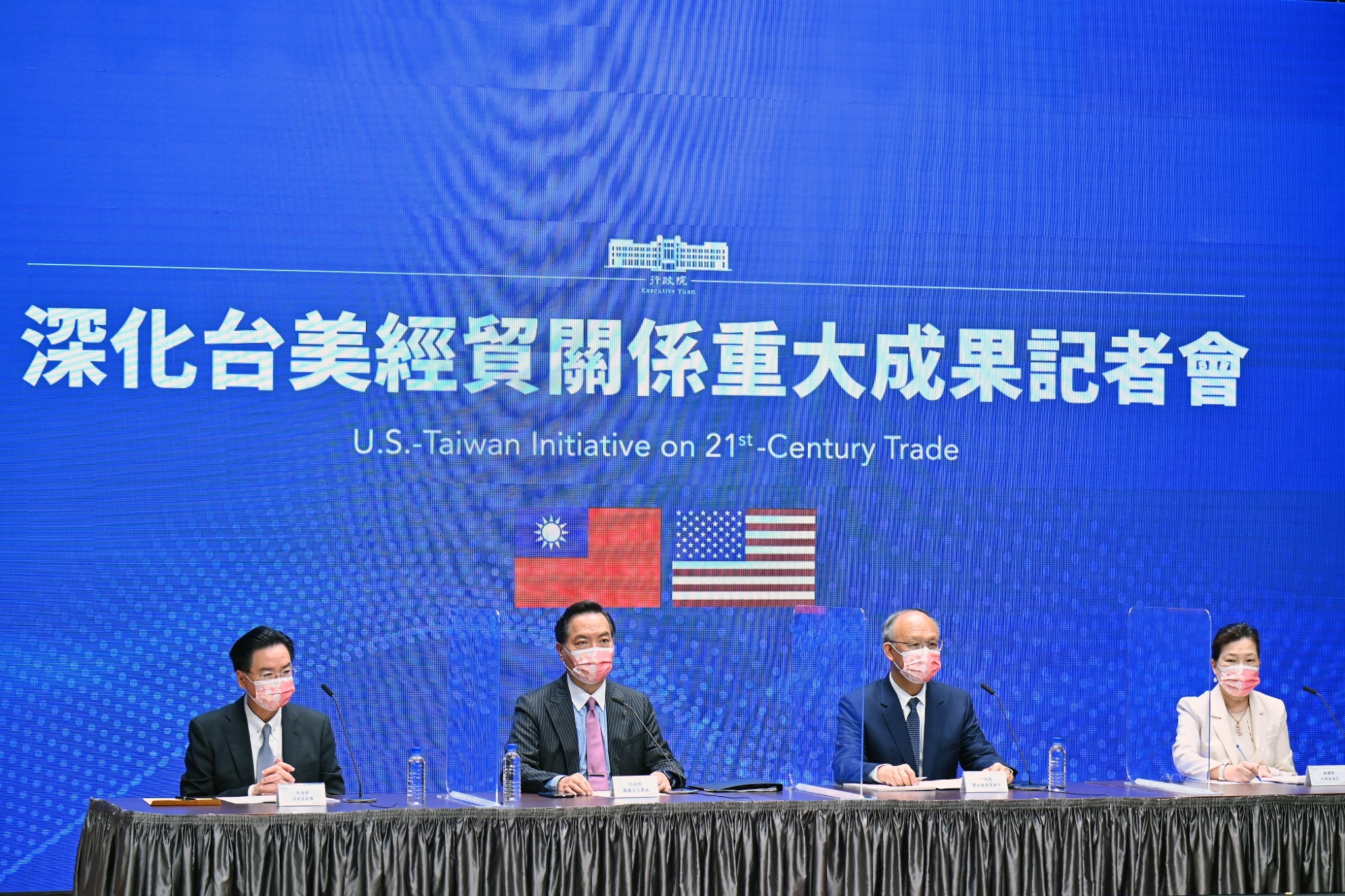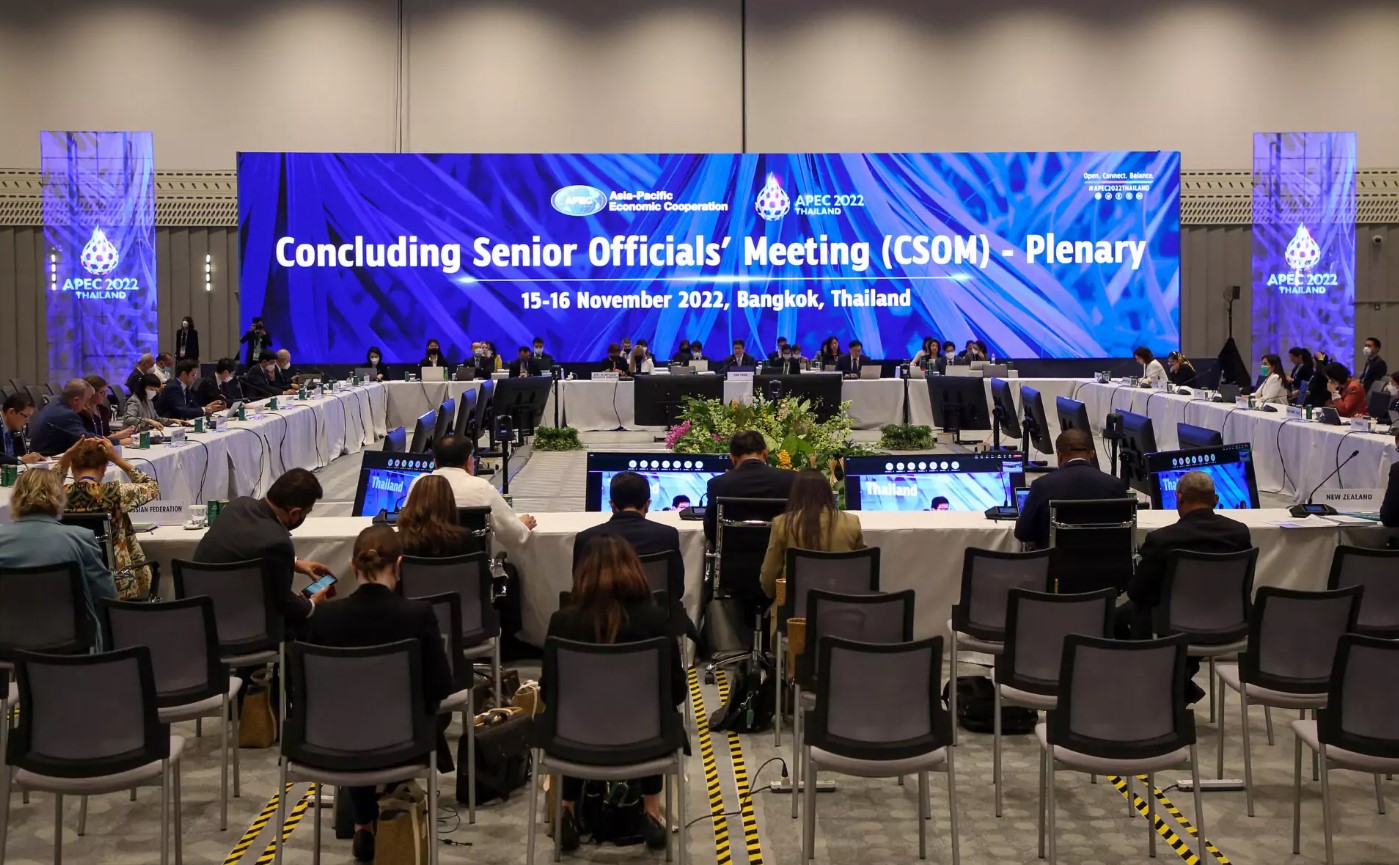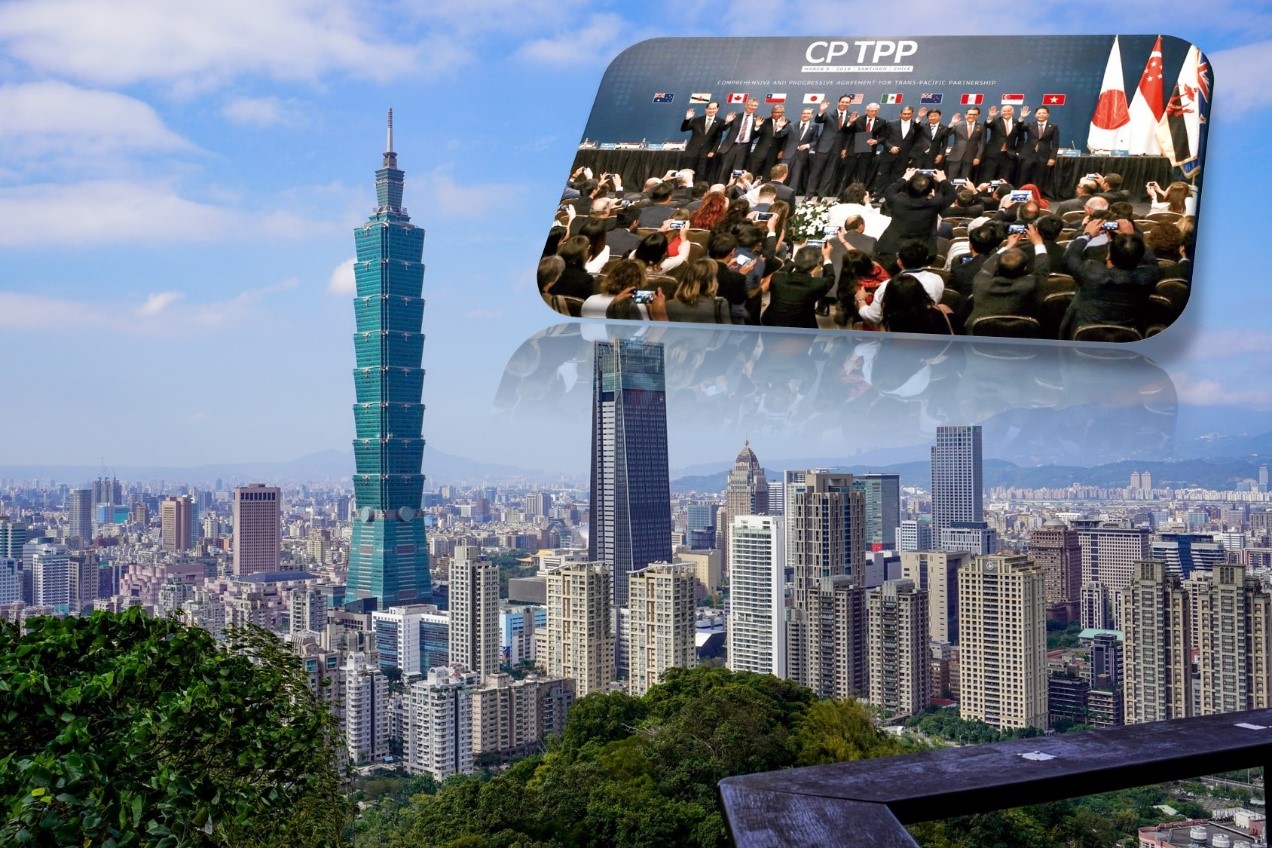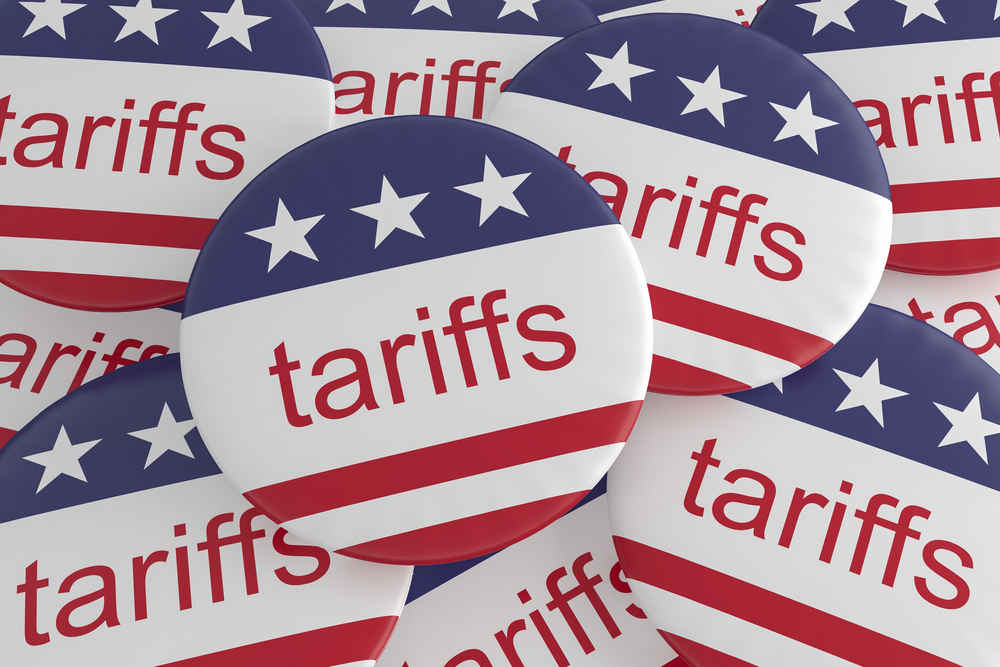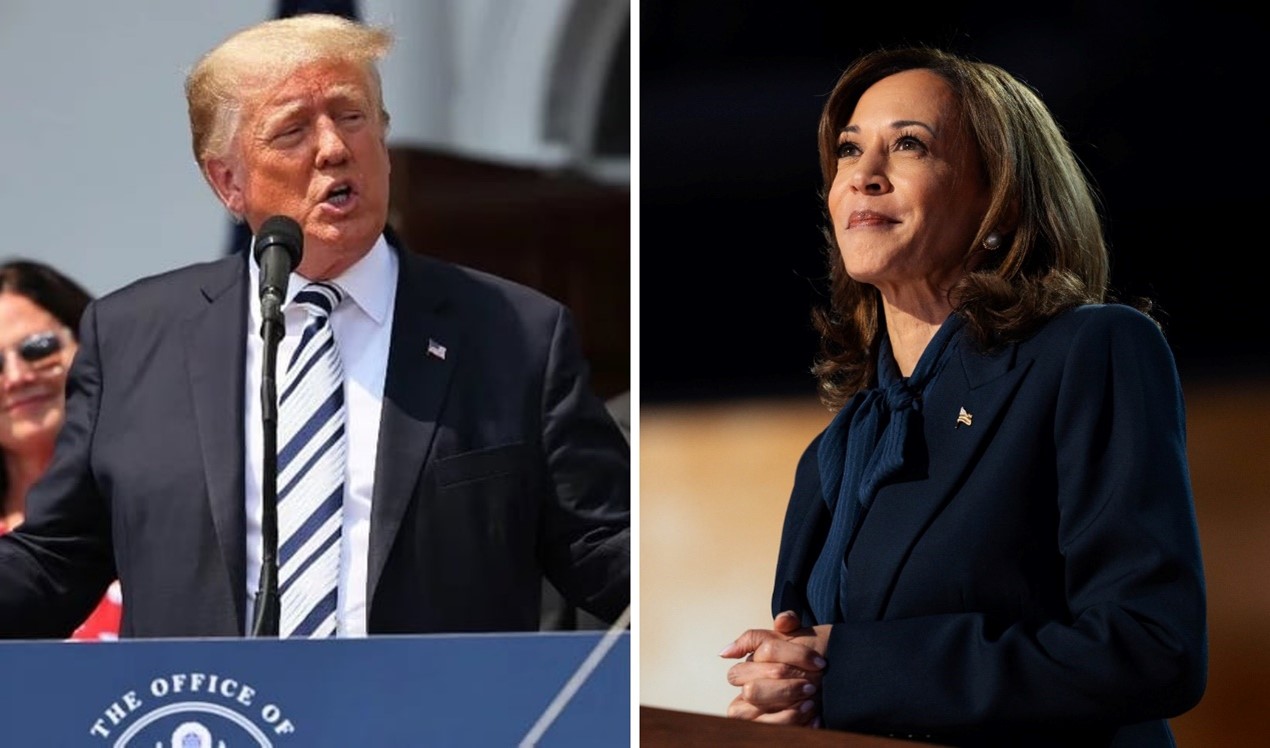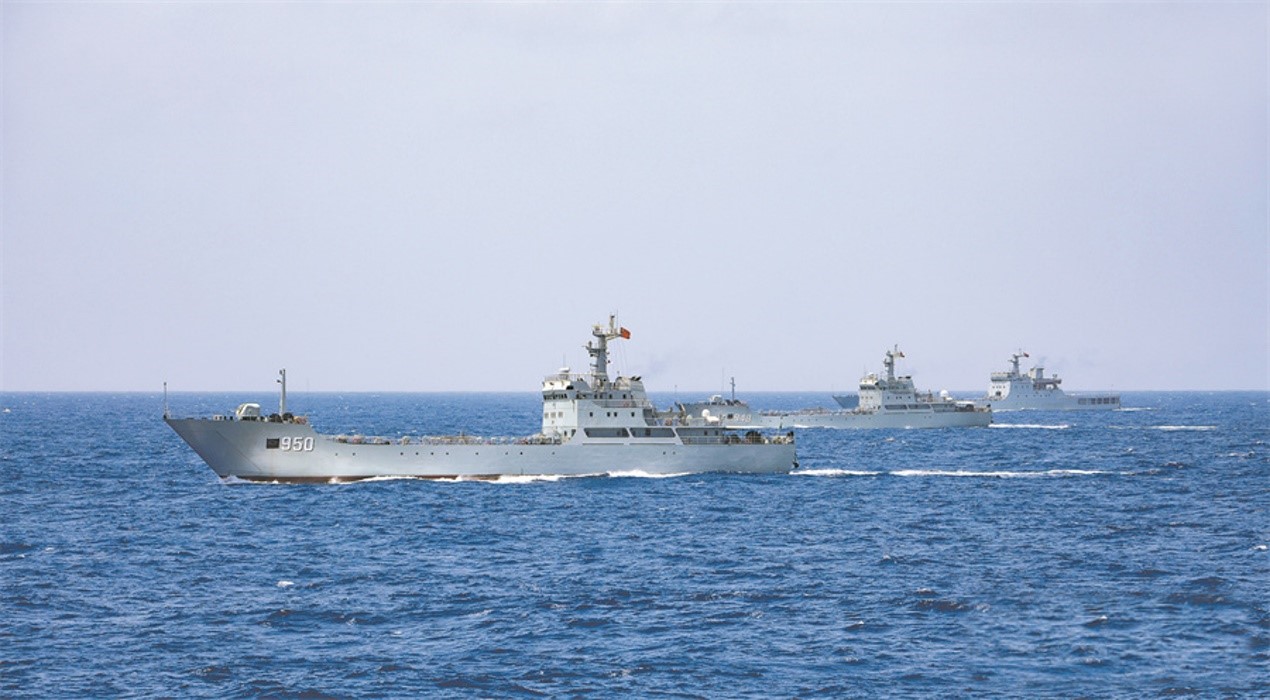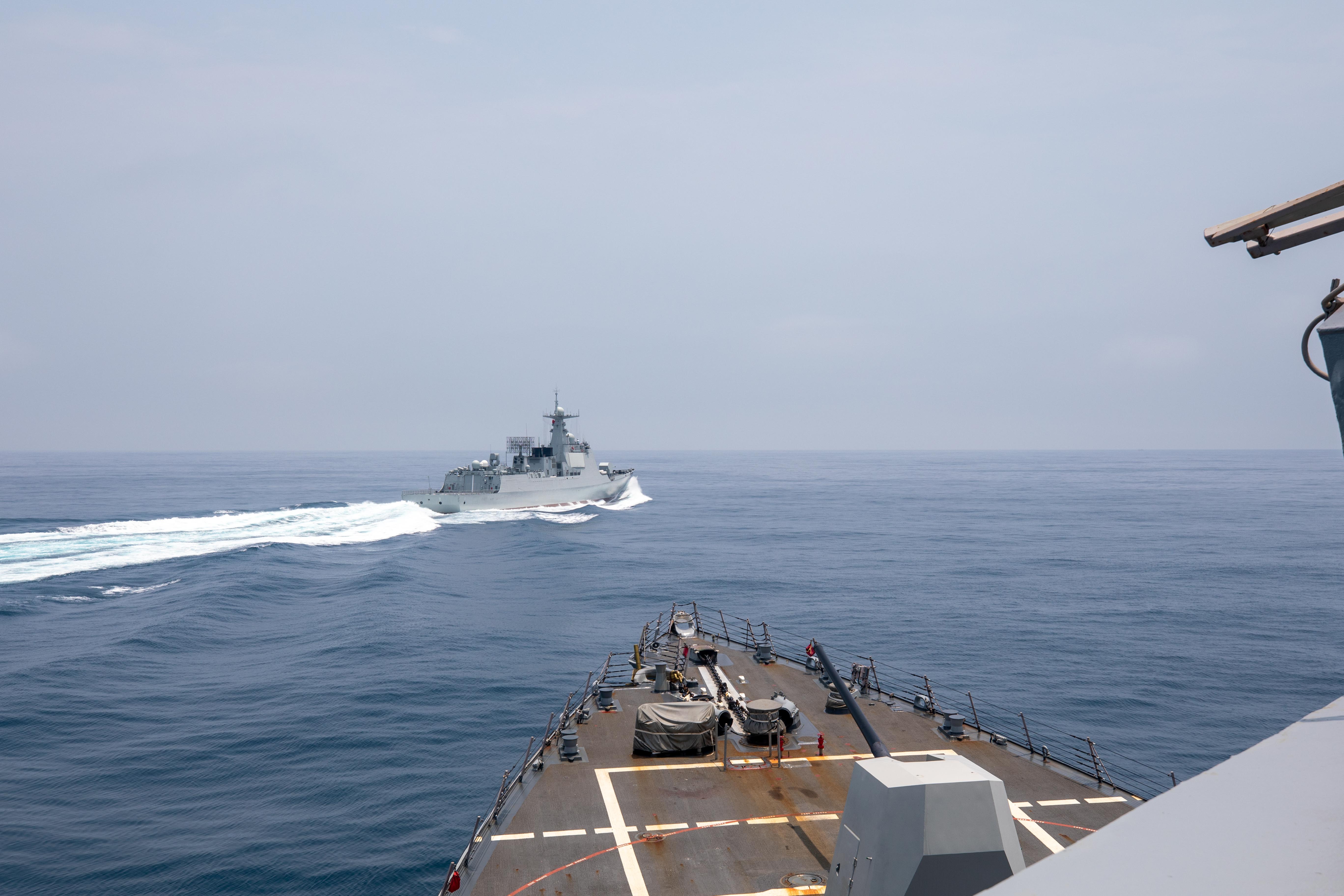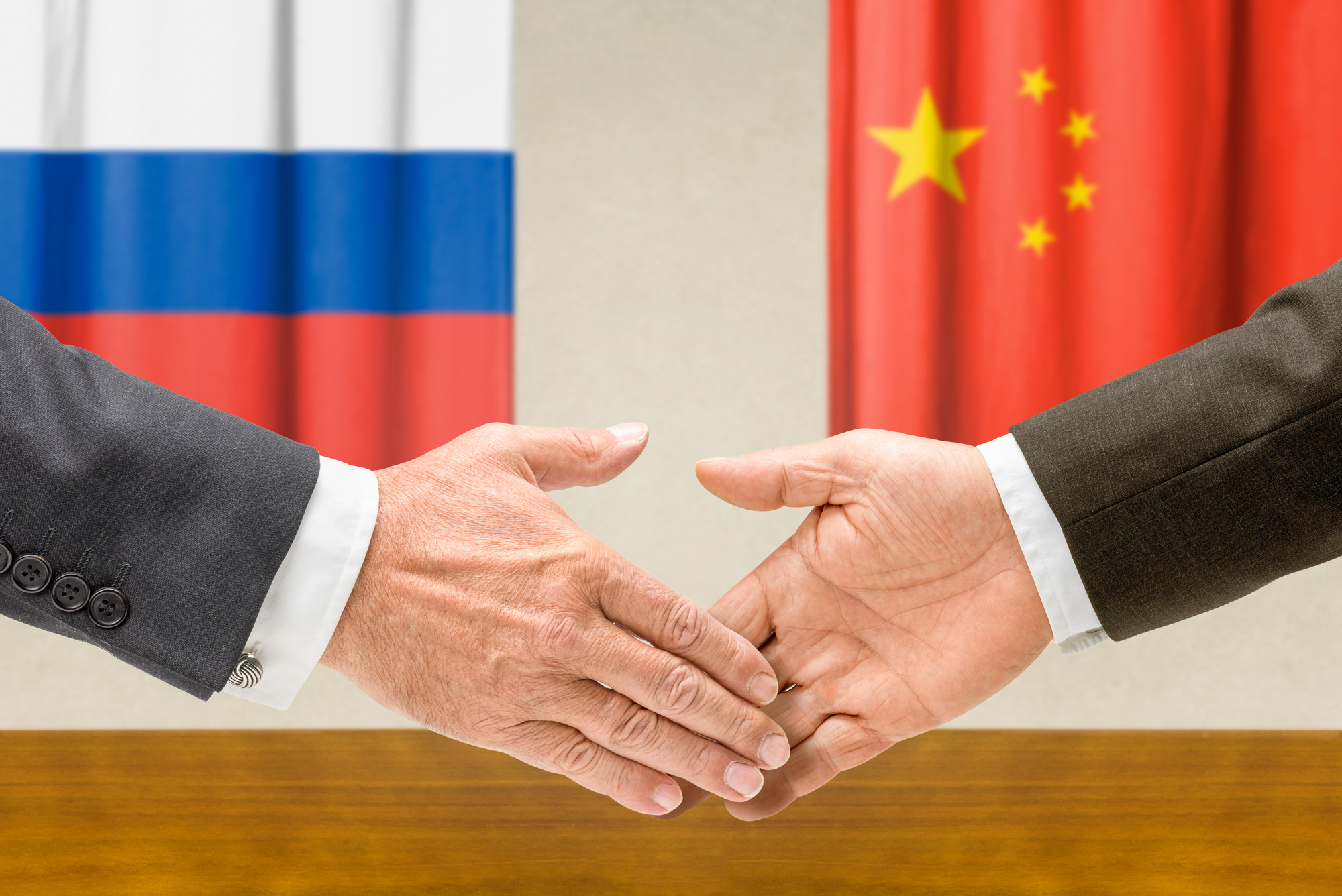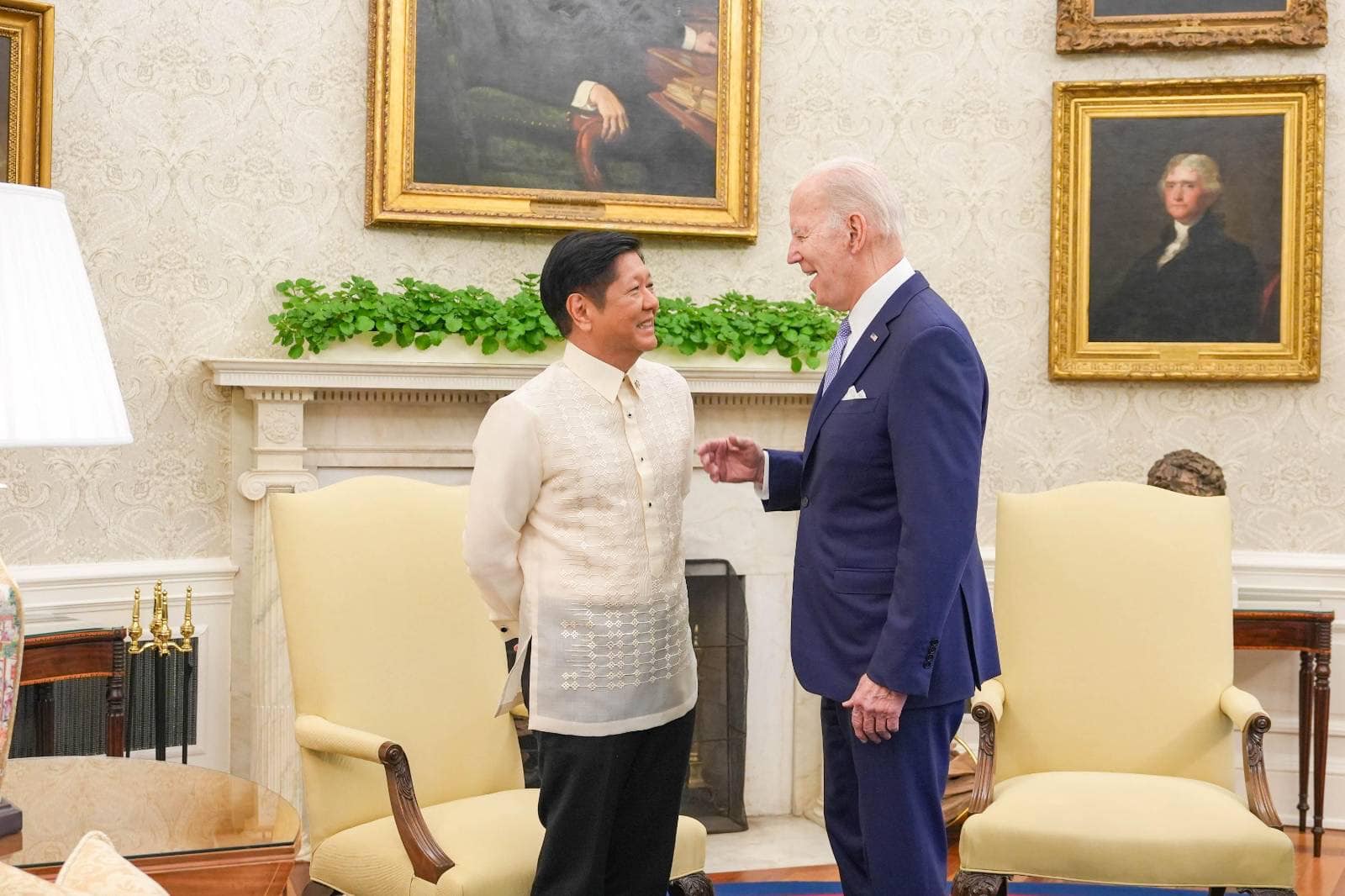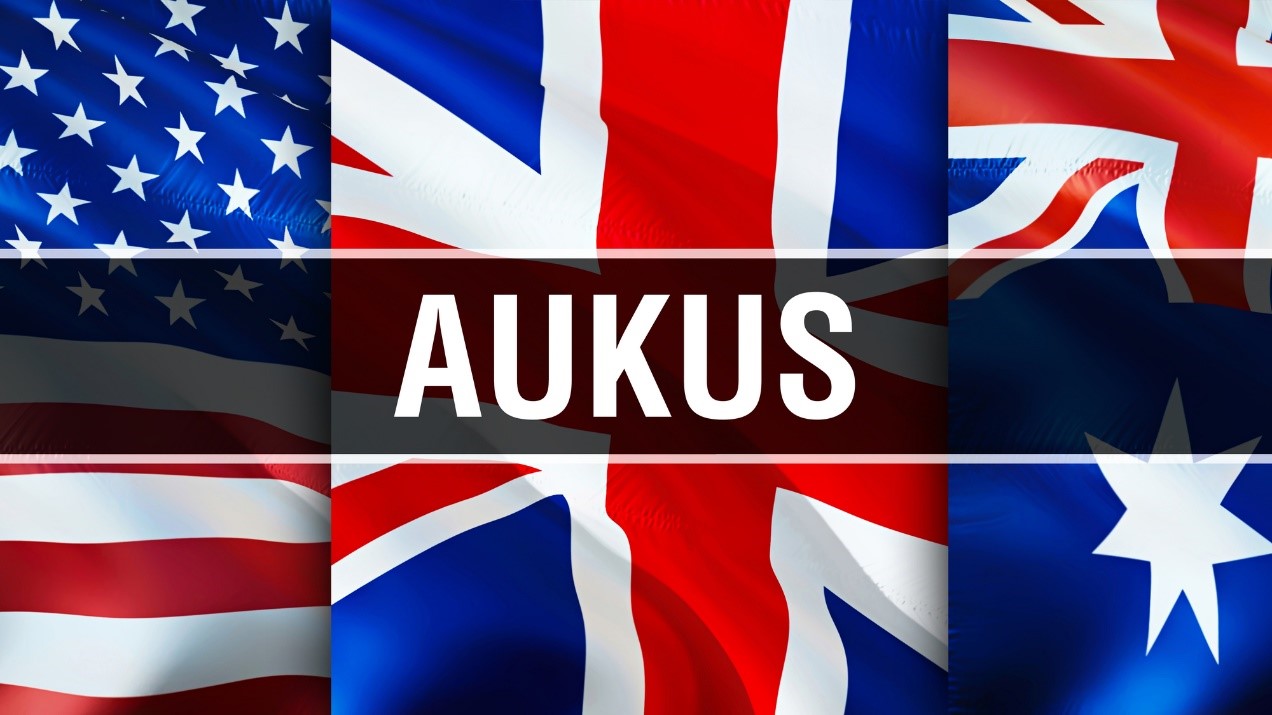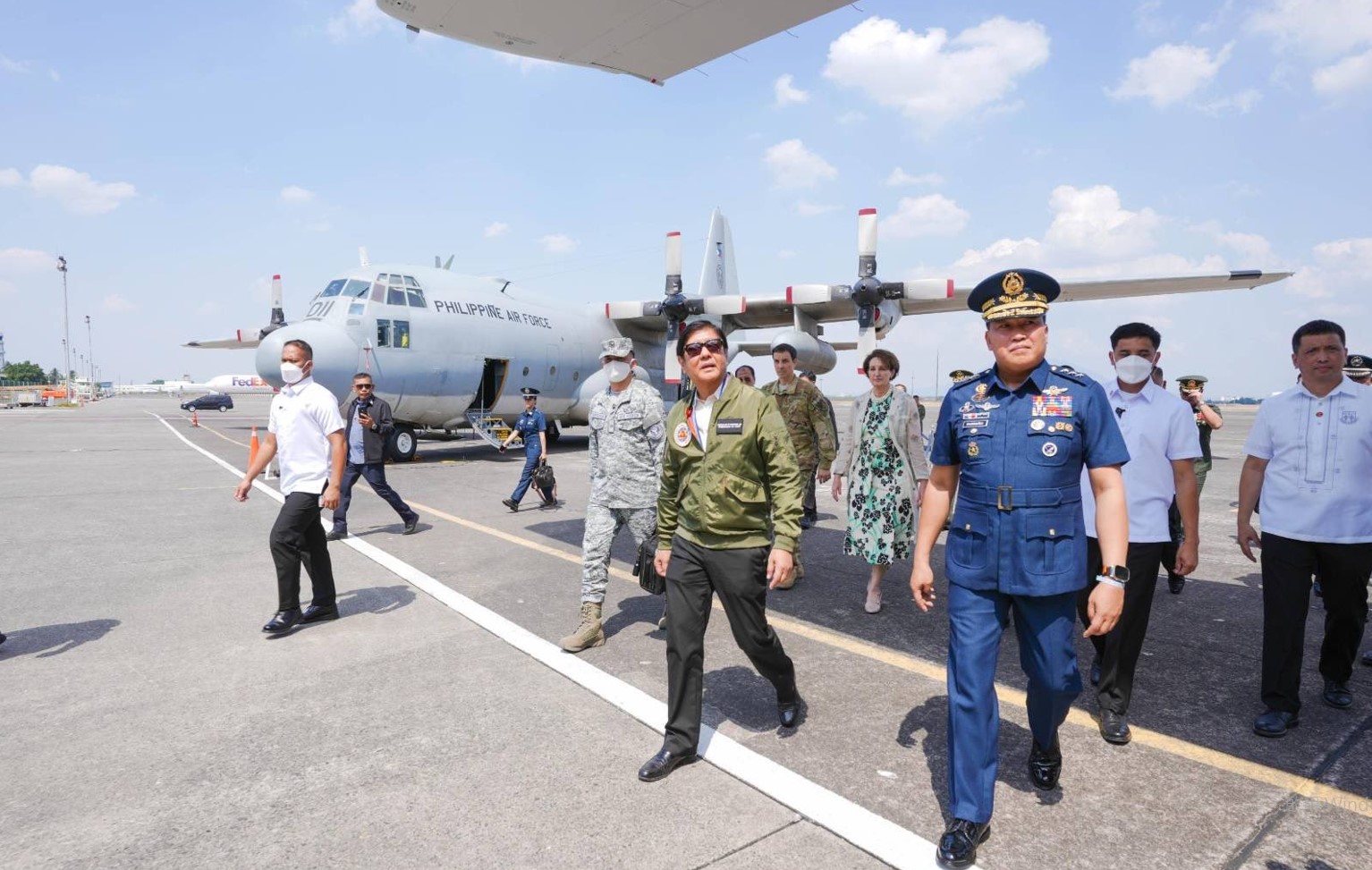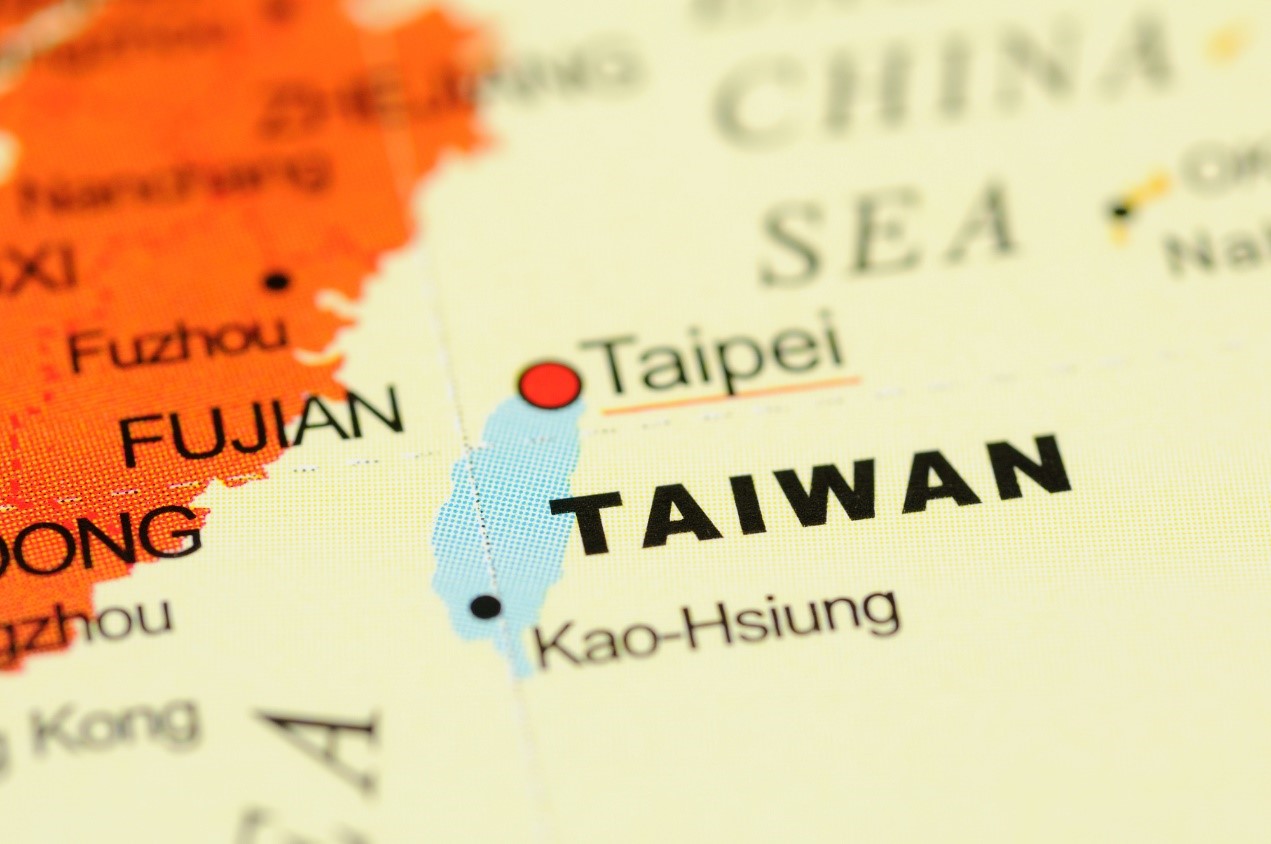The U.S.-Taiwan Initiative on 21st-Century Trade is a clear demonstration that the U.S. is indeed seeking a closer geo-economic relationship with Taiwan regardless of obstruction from China.
Picture source: Taiwan Today, June 2, 2022, MOFA, Taiwan (R.O.C.), https://nspp.mofa.gov.tw/nsppe/content_tt.php?unit=2&post=219985&unitname=Taiwan-Today&postname=Taiwan,-US-launch-21st-century-trade-initiative
The Prospects of the U.S.-Taiwan Initiative on 21st-Century Trade
By Ian Tsung-yen Chen
During his first Asian visit since taking office, U.S. President Joe Biden announced the launch of the Indo-Pacific Economic Framework for Prosperity (IPEF) on May 23. The IPEF is a multilateral economic cooperative consisting of 14 important partners in the U.S.’s Indo-Pacific strategy. Although Taiwan has been recognized as a crucial partner, it was not included in the IPEF as a participating state. On June 1, the U.S. and Taiwan announced the launch of a bilateral framework, the U.S.-Taiwan Initiative on 21st-Century Trade, which is some ways runs in parallel with the IPEF. The U.S.-Taiwan initiative aims to further cooperation in the following areas: trade facilitation, regulatory practices, agricultural trade, anti-corruption standards, enhancing trade between both countries’ small and medium enterprises, harnessing the benefits of digital trade, promoting worker-centric trade, supporting the environment and climate action, standards, state-owned enterprises, and non-market policies and practices.
Both the IPEF and the new U.S.-Taiwan trade initiative are not just agreements aiming to lower cross-national trade barriers. They are also geo-economic initiatives that seek to strengthen the economic capability and resilience of participating countries. To advance this effort, they require common strategic interests in the region and the convergence of values in political, economic, and social affairs. Although Taiwan was not included in the initial phase of the IPEF, the immediate release of the U.S.-Taiwan Initiative showed that Taiwan remains a critical like-minded strategic partner in Washington’s Indo-Pacific strategic deployment. This article discusses Taiwan’s absence in the IPEF and the prospects of the U.S.-Taiwan Initiative on 21st-Century Trade.
Taiwan’s exclusion from the IPEF
Given the sheer size of the Indo-Pacific region, it is imperative that membership in the IPEF be expanded. For potential members, the promise of economic benefits created by the IPEF must be weighed against worries about the political consequences. If Taiwan were included in the IPEF as a sovereign entity, China would object and likely lean on other countries not to join the body. As a result, the number of IPEF members may be too small to cover enough of the Indo-Pacific region. Many of the existing IPEF participating countries also hope to maintain friendly relations with Beijing. To keep partners in Washington's orbit, it was rational to side-step Taiwan at the beginning of the initiative.
Some people have suggested that Taiwan should be included as a non-sovereign member, like at the WTO. However, the IPEF is not merely a free-trade agreement but part of a geo-economic strategy, which means that as economic cooperation advances, strategic cooperation targeting a common threat will likely follow. This will require state-to-state negotiations and cooperation on sensitive security issues. Taiwan’s participation would inevitably touch on the “One China” policy, which other members would conceivably seek to avoid. An IPEF with Taiwan's participation may look good, but its prospects would be restricted. Moreover, lowering Taiwan’s participatory status does not conform to Washington’s recent attempt to enhance the official relationship with Taiwan. As Taiwan becomes more strategically important, its bargaining chips are increasing; therefore, it is not likely to accept a name that implies a lowered sovereign status. It is therefore better for all to set aside Taiwan’s name issue for the time being, and then pursue an alternative that both keeps Taiwan in the Indo-Pacific strategy while avoiding political spillover that would obstruct the development of the IPEF.
The U.S.-Taiwan Initiative on 21st-Century Trade
The launch of the U.S.-Taiwan Initiative on 21st-Century Trade immediately after the IPEF underscored Taiwan’s importance in Washington’s Indo-Pacific strategy. After the Tsai Ing-wen administration lifted the import ban on U.S. pork containing ractopamine in December 2020, Taiwan has credibly committed to enhancing its economic relationship with the U.S. This was especially so since fully opening Taiwan’s market to U.S. pork was politically costly and led to a referendum. Although the referendum did not close the door on U.S. pork, the Taiwanese public remains suspicious about whether the U.S. will return the favor. Consequently, the U.S.-Taiwan Initiative on 21st-Century Trade is a clear demonstration that the U.S. is indeed seeking a closer geo-economic relationship with Taiwan regardless of obstruction from China. This development should help convince the public that the Taiwan-U.S. relationship is built upon mutual interests. With U.S. goodwill, the Taipei’s efforts to enhance its bilateral relationship with the U.S. will receive stronger public support.
Next, since a multilateral framework involves the interests of many actors, its contents cannot be too specific. Flexibility is required to fit into different countries’ interests of concerns. Besides, its scope should be larger because an agreement on a certain area may require side payments from other areas to compensate the losers. In other words, a multilateral IPEF might not succeed in forming concrete and specific agreements that can facilitate the establishment of U.S.-led governance standards. Unlike the IPEF, the U.S.-Taiwan Initiative is a bilateral framework signed by like-minded partners. Its progress does not depend on the development of the IPEF, and the geo-economic goals written in the trade initiative can be achieved more easily. The pace and depth of the cooperation should also progress faster than as part of a multilateral framework. Both countries can soon expect further removals of trade barriers, convergence on trade and business governance standards, and close cooperation in building up a resilient global supply chain of critical components.
Although the creation of mutual interests can be expected, Taiwan may lose its strategic importance as the new trade initiative develops. Taiwan’s security may be compromised as it helps the U.S. strengthen its economic security. One of the main goals of the trade initiative is to seek Taiwan’s cooperation in high-tech development — e.g. compliance with U.S. export controls or relocating high-end semiconductor factories to the U.S. or other Indo-Pacific countries. If Taiwan’s high-tech industries are excessively outflowed, or if the U.S. and others start to catch up with Taiwan’s semiconductor manufacturing, Taiwan’s global leading position and its geo-economic importance could decrease. This in turn could affect perceptions worldwide of Taiwan’s strategic importance if, say, a war between Taiwan and China occurred. It is therefore crucial for the Taiwanese government to strike a deal with the U.S. that brings Washington closer to Taipei, but not so close that it could sacrifice Taiwan’s current geo-economic advantage.
(Dr. Chen is Associate Professor, Institute of Political Science, National Sun Yat-sen University.)
Editor’s Note: The views expressed in this publication are those of the authors and do not necessarily flect the policy or the position of the Prospect Foundation.


